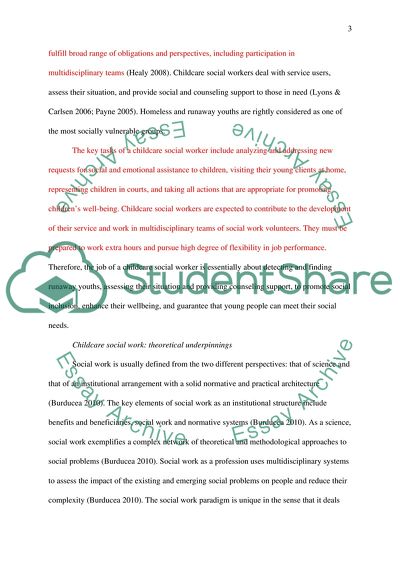Cite this document
(Contemporary Employment Perspectives Coursework - 1, n.d.)
Contemporary Employment Perspectives Coursework - 1. https://studentshare.org/sociology/1748657-contemporary-employment-perspectives
Contemporary Employment Perspectives Coursework - 1. https://studentshare.org/sociology/1748657-contemporary-employment-perspectives
(Contemporary Employment Perspectives Coursework - 1)
Contemporary Employment Perspectives Coursework - 1. https://studentshare.org/sociology/1748657-contemporary-employment-perspectives.
Contemporary Employment Perspectives Coursework - 1. https://studentshare.org/sociology/1748657-contemporary-employment-perspectives.
“Contemporary Employment Perspectives Coursework - 1”. https://studentshare.org/sociology/1748657-contemporary-employment-perspectives.


